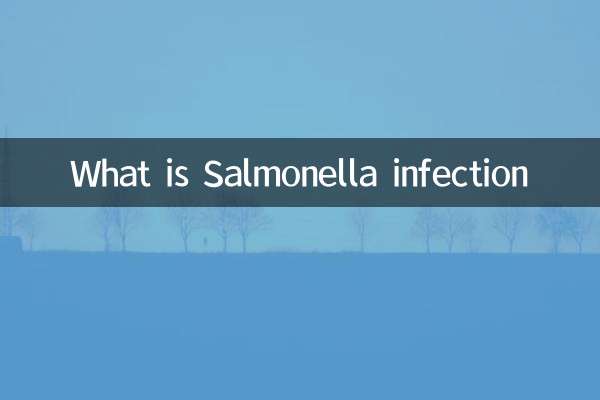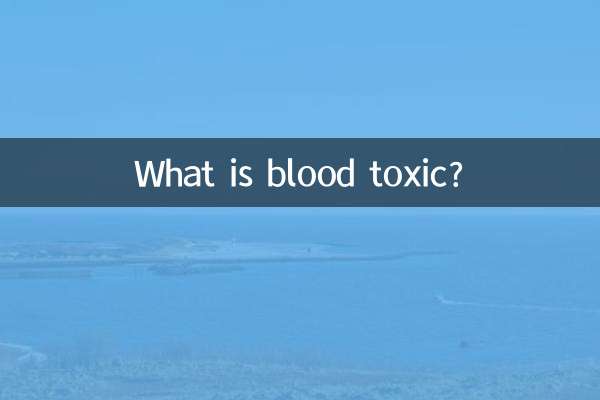What are the symptoms of leprosella
Rubella, also known as rubella, is an acute infectious disease caused by the rubella virus. Although symptoms are usually mild, infection in pregnant women can lead to fetal congenital rubella syndrome (CRS), causing severe birth defects. The following is a detailed analysis of the symptoms of leprosy.
1. Common symptoms of leprosy

The symptoms of leprosy usually occur 14-21 days after infection, mainly manifested as:
| symptom | describe |
|---|---|
| fever | Low to moderate fever, usually lasting 1-2 days |
| rash | Pink or light reddish maculopapular rashes that spread from the head and face to the whole body |
| Swelling of lymph nodes | Swelling of lymph nodes behind the ear, occipital and neck, with obvious tenderness |
| Headache | Mild to moderate headache |
| Conjunctivitis | Red eyes and tears |
| Joint pain | More common in adult women and lasts for weeks |
2. Special manifestations of leprosy
1.Congenital Rubella Syndrome (CRS): Pregnant women are infected with rubella virus in the early stages of pregnancy, which may lead to fetal malformations, including:
| Deformity type | Specific performance |
|---|---|
| Eye deformities | Cataracts, glaucoma, small eyeballs |
| Heart malformation | Patent arterial catheter, pulmonary artery stenosis |
| Hearing impairment | Sensorine nerve deafness |
| Nervous abnormalities | Microcephaly, intellectual disability |
2.Atypical manifestations: About 25%-50% of infected people may have no symptoms, which is called hidden infection.
3. Distinguish between leprosacea and other rash diseases
Leprosella needs to be distinguished from diseases such as measles and children's acute rash:
| disease | Relationship between fever and rash | Rash characteristics | Characteristic manifestations |
|---|---|---|---|
| Leprosy | Rash after 1-2 days of fever | Light reddish maculopapular rash, whole body distribution | Swelling of lymph nodes behind the ear |
| measles | Rash after 3-4 days of high fever | Dark red maculopapular rash, fused into tablets | Ke's Pat |
| Children's acute rash | Heat elimination | Rose-colored maculopapular rash | More common in infants and young children |
4. Diagnosis and treatment of leprosella
1.Diagnostic method:
- Clinical manifestations combined with epidemiological history
- Laboratory examination: virus isolation, serological testing (IgM antibodies)
2.Treatment principles:
- No specific antiviral drugs
- Symptom-based treatment: fever-relieving, pain-relieving
- Isolate the patient until 7 days after the rash subsides
5. Prevention of leprosella
Vaccination is the most effective way to prevent leprosy:
| Vaccine Type | Vaccination procedure | Protection effect |
|---|---|---|
| Malfoss vaccine (MMR) | First vaccination at 8 months, strengthened at 18-24 months | >95% |
Other preventive measures include avoiding contact with patients, avoiding going to endemic areas, etc.
6. Recent hot spots
According to recent online hotspot monitoring, the following topics are related to leprosella:
- Clustered cases of leprosy occurred in a certain place, and the disease control department issued an early warning
- Experts call for vaccination for women of childbearing age to prevent congenital rubella syndrome
- Progress in the development of new rubella vaccines
Understanding the symptoms and preventive measures of leprosy can help early identification and effective prevention and control. If suspicious symptoms appear, seek medical treatment in time and take quarantine measures.

check the details

check the details